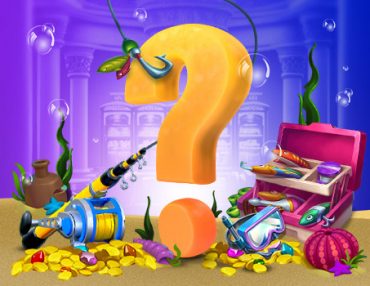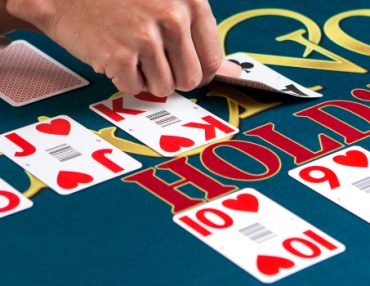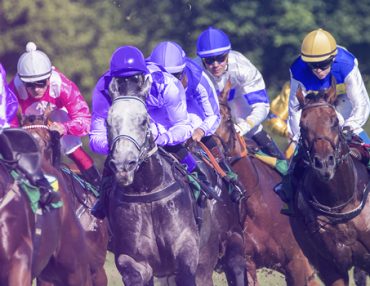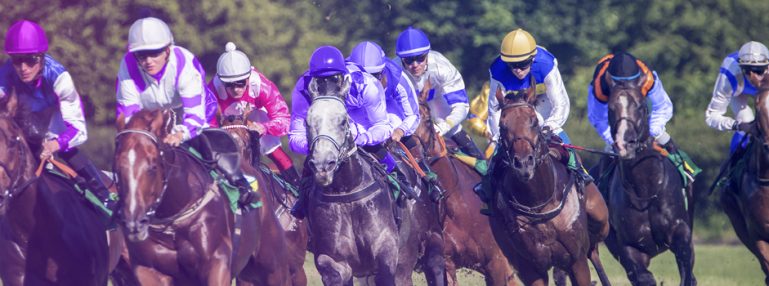As we all know, casino games are down to chance. But there are plenty of people out there who have developed techniques to improve their probability of winning at blackjack. Arguably the most famous group to take on the gambling industry is the MIT Blackjack team.
But who were they? We’ve taken a deep dive into how they came about and how they used their card counting skills to win a fortune.
Who were the MIT Blackjack team?
Step into OJO’s time machine and allow us to take you back to the 1980s. Bill Kaplan was a very successful casino player, who had managed to use his skills to turn £600 into £20,000 in Las Vegas. A group of students overheard him talking about his exploits and their eyes lit up.
Kaplan agreed to teach them his card counting methods and so, the MIT Blackjack team was formed. It wasn’t all fun and games though. There were strict techniques and each player had to go through a trial process in order to be approved.
As the business grew, they created a company called Strategic Investments and raised $1 million to fund the team. At one point, there were almost 80 players on the team, spread throughout America. And there was a constant turnover of players, with a lot of the members identified and barred by the casinos.
Eventually, the authorities realised that the majority of these big-winning players resided near the MIT campus in Cambridge, so in order to minimise the number of MIT students playing, they bought copies of yearbooks so they could identify alumni. By the time the majority of them had been banned from most casinos, Strategic Investments dissolved and they split the money.
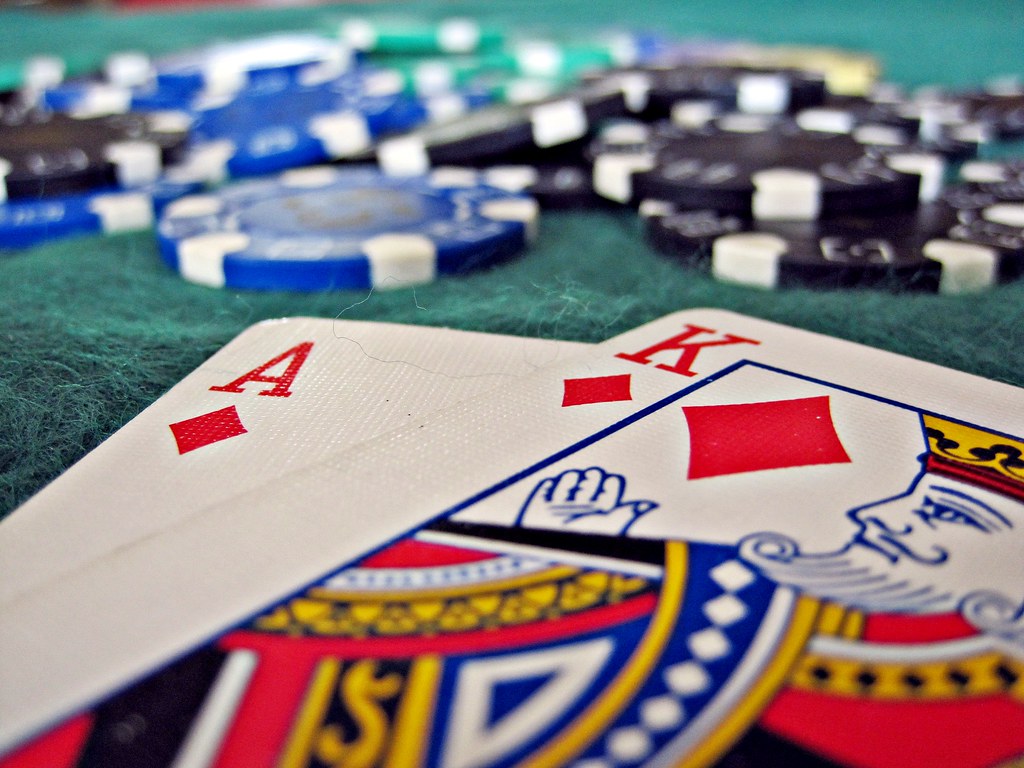
How did they beat the casino?
Casino games are mostly games of chance, especially if if you are a beginner learning blackjack, but the MIT Blackjack team tried their best to work out when certain cards were going to be dealt. As a result, casinos have regularly made changes to the way they deal and shuffle cards in order to stay one step ahead of card counters.
As well as individual play, the MIT Blackjack players also used a team approach of counters and big players to disguise the betting patterns that develop as a result of card counting. They also used advanced shuffle and ace tracking techniques.
And once Strategic Investments was set up, they stepped things up a gear. The MIT Blackjack team used a new system that involved three players.
The spotter would count the cards and check when the deck became positive. The controller would then make small bets, wasting money to confirm the spotter’s count. When a positive was found, they’d alert the third member of the team – the big player.
Once they knew the deck was positive, the big player would make a huge bet and rake in the winnings.

Who was in the MIT Blackjack team?
Bill Kaplan
Despite being the founder of the MIT Blackjack team, Kaplan was actually a graduate of Harvard. After spending many years making money from casinos, he eventually used his business mind to enter the world of real estate.
Jeff Ma
When Strategic Investments dissolved, the team split into two and Ma carried on playing until 2001. His story was the basis of the film 21, starring Kevin Spacey, which was based on the novel Bringing Down The House.
Semyon Dukach
Dukach led one of the two sub-groups, known as The Amphibians. He continued playing Blackjack for two years before quitting in 1995 to pursue other business interests.

Jane Willis
A maths genius, Willis used her number knowledge to good effect as she was one of the top spotters in the team. After leaving the Blackjack team she became a lawyer.
Mike Aponte
While Dukach took charge of The Amphibians, Aponte led the second sub-group, known as The Reptiles. After earning millions of dollars and winning the 2004 World Series of Blackjack, he went on to become a high school tutor, as well as a Blackjack consultant.
John Chang
Chang succeeded Kaplan as manager of the team in 1984 before becoming one of the most successful Blackjack players of all time. In 2007 he was inducted into the Blackjack Hall of Fame and he still coaches and speaks on the game to this day.
Disclaimer: Casino games are down to luck and we do not advocate the practice of card counting






